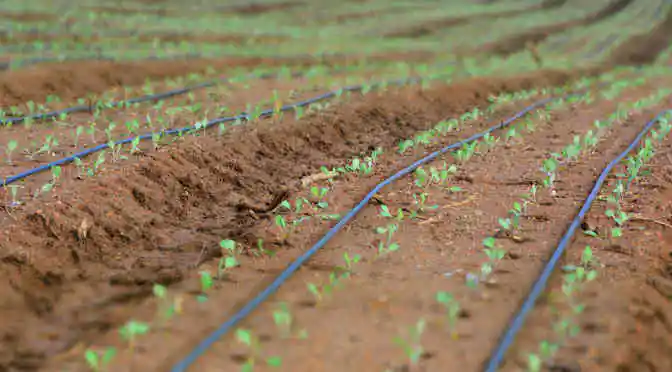There is an urgent demand for water conservation across a wide stretch of planet earth. Rainwater harvesting offers the kind of low cost, minimal tech option that makes it appealing to a larger section of the urban and rural populations. Especially, in a country like India, the exploding population and the unpredictable nature of the annual monsoon has made rainwater collection an urgent necessity.
An emerging technology, both in terms of adoption and R&D, the discipline of rainwater harvesting offers an expansive platform wherein entrepreneurial vigor could be let loose. In India, the routine scarcity of water, the various social strife concerning the regional ownership of water bodies and the red-tape that prolongs the resolution of issues that concern basic utilities, has opened up a promising avenue wherein initiatives like rainwater collection will be assured an attentive audience. In turn, the vendor must educate, propagate and initiate the culture of rainwater harvesting.
This year, monsoon has already hit India as on the 1st of June. However, per the weather department, the quantum of rainfall will be low and water scarcity may be in the offing through the summer months. This could spell trouble as an average urban Indian citizen requires almost double the amount of water as that required by a rural Indian.
Why rain water harvesting?
- Better water quality in comparison to extracted groundwater
- Reduction in storm drainage load along with flooding
- Increases infiltration of rainwater into the subsoil, which has decreased dramatically in urban areas
- To meet the ever-increasing demand for water and complement ground water requirements in the summer
Approximately one-fifth of the water sourced worldwide is being used for industrial activities. Consequently, companies are investing heavily in water management services to reduce operational costs. Which is turn is indirectly increasing the demand for rainwater harvesting systems across the country. Most of the people in India lack access to safe and pure drinking water. More than 25% of the inhabitants of India’s rural regions faced drinking water scarcity in 2016. The challenges are estimated to grow further in the upcoming years.
Government’s initiative can impact the market’s growth
Rainwater collection is prevalent at all levels, from rural villages to urban households. Chennai, a major Indian city, had mandated the installation of rainwater harvesting systems in all houses back in 2001. Today, Chennai has over half a million rainwater harvesting systems and leads the global chart for the maximum installations per city. Chennai is followed by Bangalore, Delhi, and Mumbai. The supportive state government regulations also drive the market for the system in India and play a vital role towards active water supply management.
Awareness is Key: Rural India must be Brought upto Speed
The sporadic nature of rainfall coupled with the lack of knowledge on rainwater harvesting impedes the growth of the market in India’s rural regions. Awareness and education will be crucial to drive the demand for rainwater harvesting systems, especially in rural India.
Competition among the existing players is high because of the presence of many vendors in the industry. Also, the market in the country is highly fragmented. Technavio’s comprehensive market research report on rainwater harvesting in India will help vendors understand the market landscape, competition and necessary actions needed to flourish in this challenging yet high potential market.



